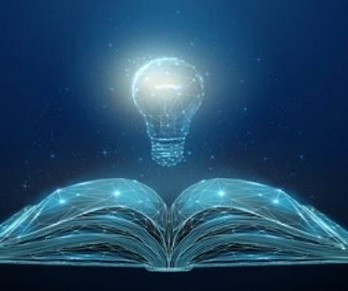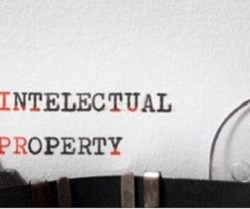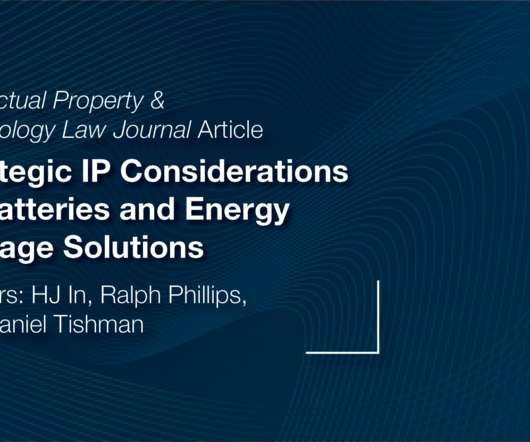Implications Of AI On Literary And Artistic Works : A Challenge On The Copyright System
IP and Legal Filings
AUGUST 19, 2022
How is then Artificial Intelligence related to Copyrights, with an added intricacy of Literary and artistic work? Applications of artificial intelligence (AI) are capable of independently creating literary and artistic creations. It is a notion held generally ‘AI can create.’ Currently, nonetheless AI is not autonomous yet.















Let's personalize your content